About the Network
It may surprise some readers that Spain has one of the best high-speed rail networks in the world. In fact, the rail system in Spain, from these bullet trains right on down to subway or metro systems in cities, is outstanding. In this, the first of three articles, I will tell you all about the bullet train system. known in Spain as the AVE.
The following map shows all existing AVE routes in green, with yellow showing those segments Under Construction, and the red showing those Projected. Over the next few years, there will be quite a significant expansion, with routes to the northwest provinces of Asturias, Galicia and the Basque country getting connected. One route will even connect into France as far as Toulouse.

It all started back in 1992, when the first AVE section was completed, connecting Madrid, Cordoba and Seville. In the 28 years that have followed, Spain has expanded the network. It now covers more than 3100 kilometers – nearly 2000 miles!
How Fast are They ?
The AVE trains are incredibly fast, cruising at about 300 km/h (187 mph) ! It’s really exciting to be on the train and watch the in cabin speedometer rapidly rise up from 100 km/h to 200 km/h to 300 km/h. Renfe, Spain’s national train company, says that the trains can reach 320 km/h, but I have never seen them go above 302 km/h. Still – you’ll never seen any trains in the United States reaching speeds like that.

Click to buy this great book !
To put the improvement in speed into perspective, back in 1985, I visited my good friend Miguel in Madrid. Afterwards, I continued on via train to Barcelona, Genoa, Venice, and finally to Vienna. The first leg from Madrid to Barcelona took almost eight hours back then – today it takes less than three hours !
So, how did Spain build out such a great network so fast? For one, the government put a lot of resources behind this project. They prioritized getting Spain’s rail network up to par with those in France and Germany. These countries pioneered the bullet train systems early on with their TGV, ICE and Eurostar networks. I’ve had a chance to ride each of those recently. Watch for my post about the London – Paris train trip in another post.
The Lay of the Land
Another reason that Spain developed this network so quickly was that much of the interior of Spain is fairly flat and sparsely inhabited. There are considerable distances between large cities, and the topography is fairly flat. There are many mountain ranges around the perimeter of Spain. However, these don’t hinder the majority of the rail development plan.
Also, Madrid, the capital, is right in the middle of the country. Therefore, Spain had all the makings for a perfect radial network. The next two images show the topography and the population density.
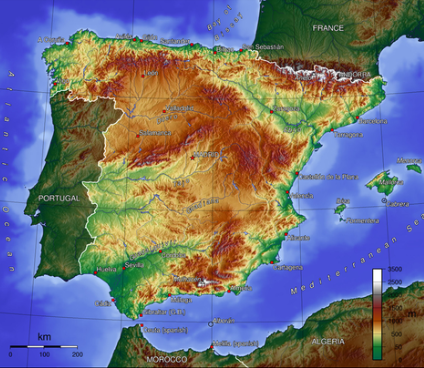
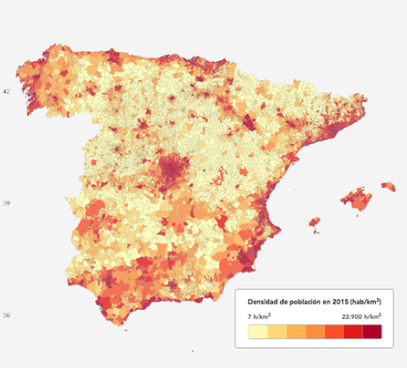
The last image in the slider above shows a “Middle Distance” train. These are trains in Spain that connect the larger cities. They make far fewer stops along the way than the AVE trains. They also are a bit slower, with a maximum speed of 160 km/h or about 100 mph. These trains are great for local travelers and tourists who want to visit places that are a little off the beaten path. This image shows a map of the network of the trains originating in Madrid.
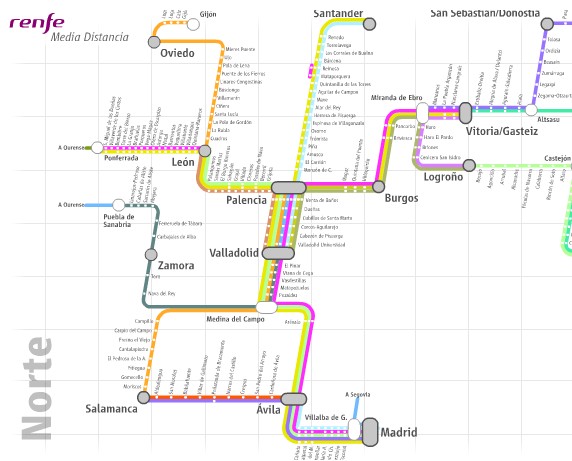
Well, I hope you enjoyed this first post about the trains in Spain. Stay tuned for Part Two which will explore the Cercanías. This network or commuter trains bring tens of thousands of people to work each day in Madrid and other cities. It also connect Madrid to lots of great little towns around Madrid that are worth a visit.

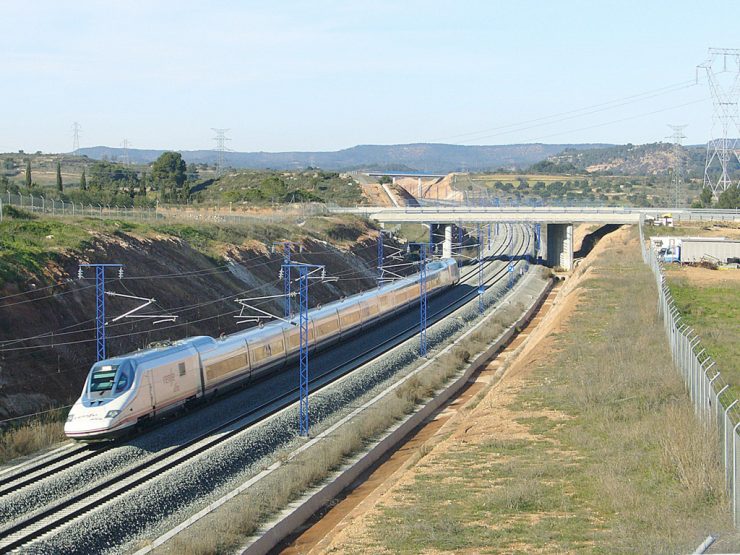
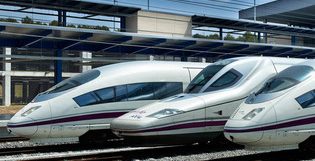
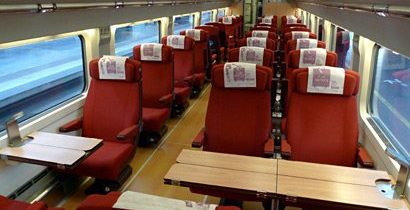
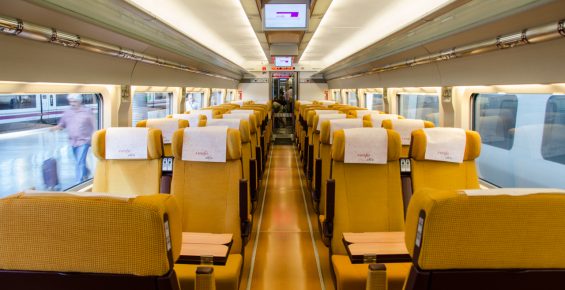
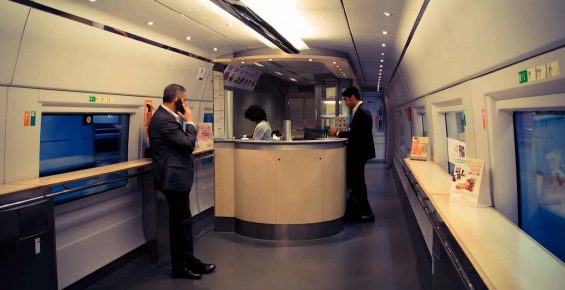


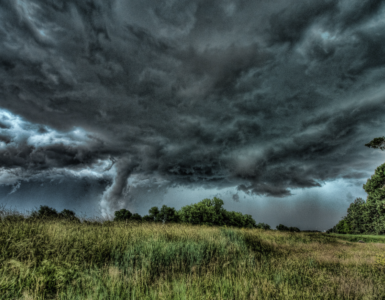
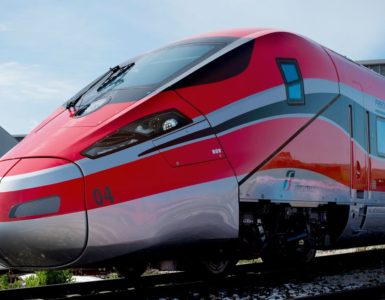
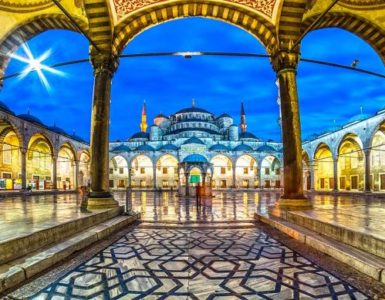
[…] for stopping in our our second leg of a voyage through the systems of train in Spain. Part One was all about the bullet trains and probably should have included this spin-off of an old […]